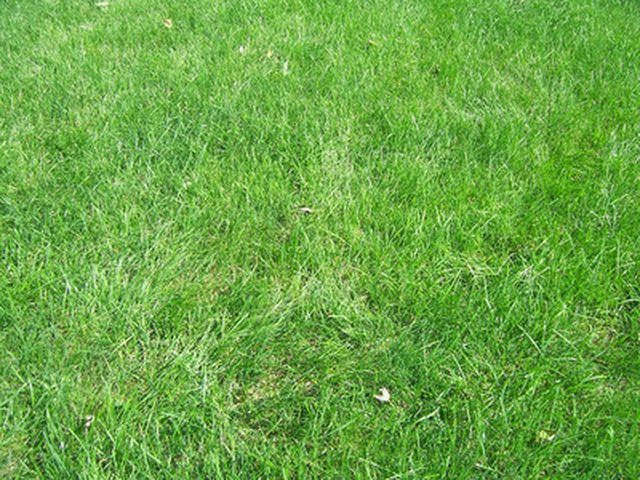Bulbs
Flower Basics
Flower Beds & Specialty Gardens
Flower Garden
Garden Furniture
Garden Gnomes
Garden Seeds
Garden Sheds
Garden Statues
Garden Tools & Supplies
Gardening Basics
Green & Organic
Groundcovers & Vines
Growing Annuals
Growing Basil
Growing Beans
Growing Berries
Growing Blueberries
Growing Cactus
Growing Corn
Growing Cotton
Growing Edibles
Growing Flowers
Growing Garlic
Growing Grapes
Growing Grass
Growing Herbs
Growing Jasmine
Growing Mint
Growing Mushrooms
Orchids
Growing Peanuts
Growing Perennials
Growing Plants
Growing Rosemary
Growing Roses
Growing Strawberries
Growing Sunflowers
Growing Thyme
Growing Tomatoes
Growing Tulips
Growing Vegetables
Herb Basics
Herb Garden
Indoor Growing
Landscaping Basics
Landscaping Patios
Landscaping Plants
Landscaping Shrubs
Landscaping Trees
Landscaping Walks & Pathways
Lawn Basics
Lawn Maintenance
Lawn Mowers
Lawn Ornaments
Lawn Planting
Lawn Tools
Outdoor Growing
Overall Landscape Planning
Pests, Weeds & Problems
Plant Basics
Rock Garden
Rose Garden
Shrubs
Soil
Specialty Gardens
Trees
Vegetable Garden
Yard Maintenance
How to Build a Grass Roof
How to Build a Grass Roof. Grass roofs are practical and cosmetically appealing. They insulate your home, helping you regulate heating and cooling more than traditional systems. They have additional benefits when planted in cities. Grass roofs can improve the quality of your water, retain storm water and make the roof top a showcase. Anyone can...

Grass roofs are practical and cosmetically appealing. They insulate your home, helping you regulate heating and cooling more than traditional systems. They have additional benefits when planted in cities. Grass roofs can improve the quality of your water, retain storm water and make the roof top a showcase. Anyone can build a grass roof, as long as the roof pitch is between 5 and 20 degrees for drainage. The key is to prepare the area with an underlayment system to support the grass.
Things You'll Need
Permit to build
Tape measure
Underlayment system
Soil or compost/soil mix
Grass seeds
Mechanical or hand spreader
Metal rake
Water
Get a building permit if needed. Contact the local planning department to see what the requirements are for building a vegetated roof.
Use the tape measure to figure out how large the roof is. Use this measurement in conjunction with the grass seed bag to determine how much seed you need for the planting area. You also need the measurement for buying an appropriate underlayment system.
Buy a grass seed that grows well in your region and climate. Remember that the rooftop may be drier than a traditional yard because there is more wind at the roof line. Thus, you may want to consider a grass that tolerates drought well.
See a green roof supplier to buy an underlayment system. This system contains insulation, a moisture barrier, drainage protection and a filter fabric. Install the system according to the manufacturer's instructions.
Spread 4 inches of soil or a fertile mix such as one containing compost and soil to the top of the underlayment system. Moisten it with water.
Fill a hand spreader or mechanical spreader with the appropriate amount of grass seed. Run over the entire area, dispersing an even amount of seed. Do it twice if necessary to ensure even coverage.
Rake the seeded area lightly to cover the seed with a thin layer of soil. Around 1/4 to 1/8 inch is sufficient. The soil will keep the seed in place and encourage it to sprout.
Keep the seeds moist by watering daily. Make the spray even; you don't want pooled water, because the seed will float away.
Water the grass roof once a week or more during the growing season to keep it moist. Because it will not be able to develop the same root system it would if planted in a traditional manner, the seed needs extra attention.
Tips & Warnings
Protect your hands with gloves when building a grass roof.
Do not spread too much grass seed because it will be forced to fight for nutrients.